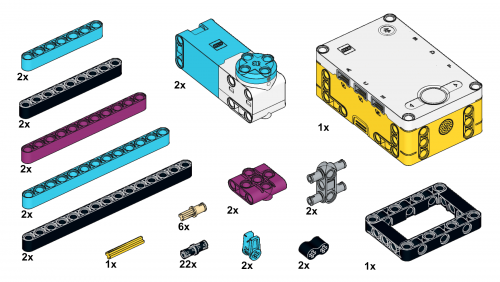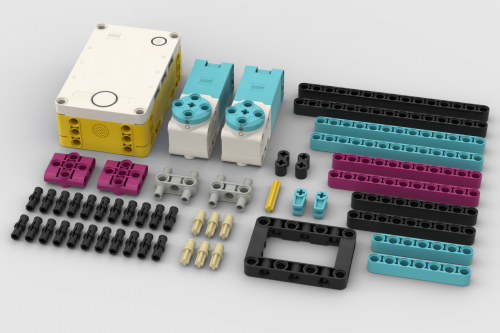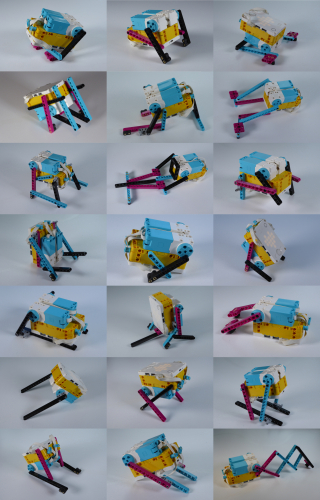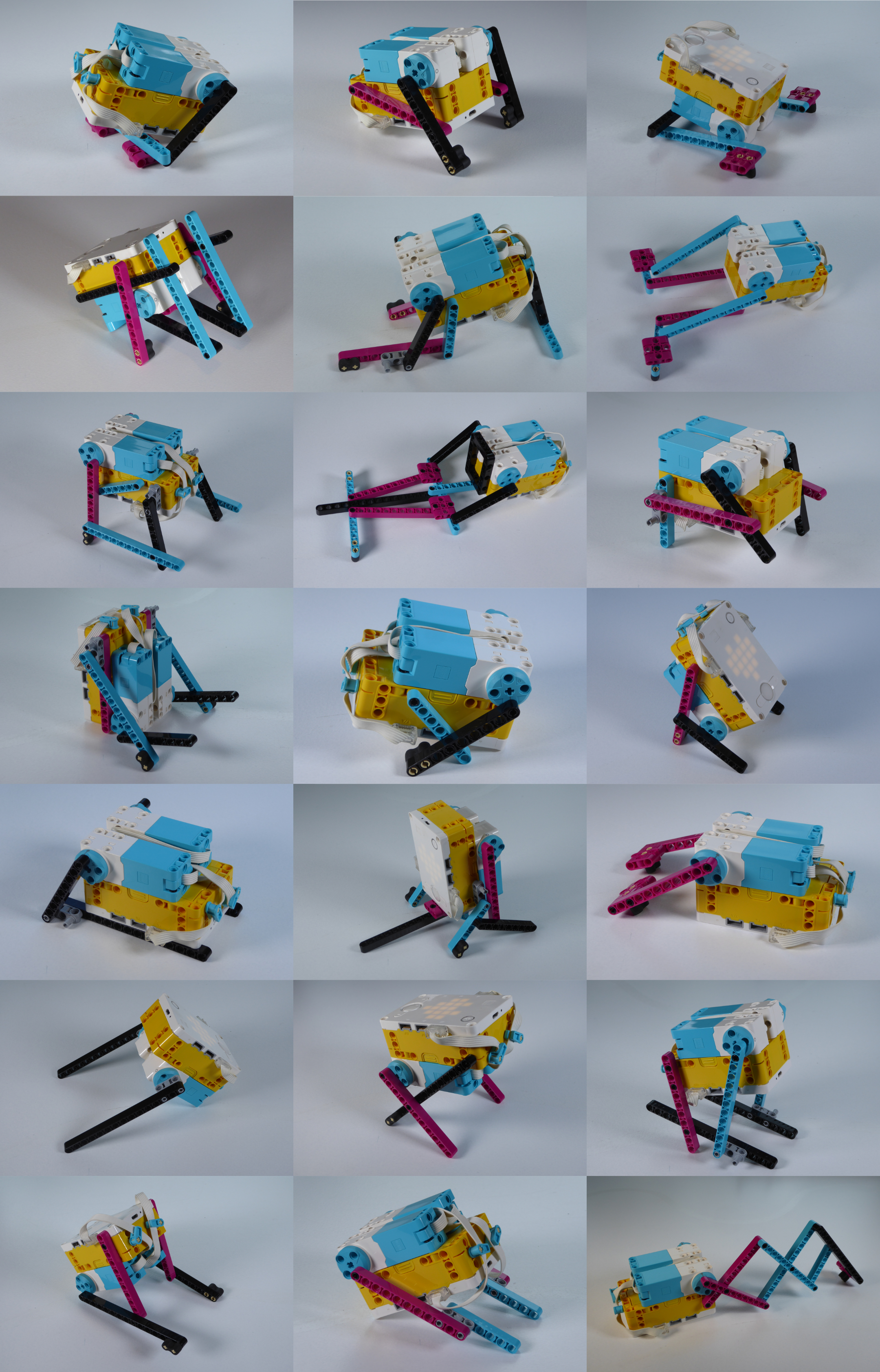Constraints, Creativity, And Diversity Of Solutions - Move Without Wheels
What fuels creative thinking? Although it's often essential to remove barriers that inhibit our thinking, it’s valuable to remember that constraints can lead to new ways of looking at a problem.
We often think of constraints in negative terms, as something that inhibits progress, but the deliberate use of constraints can lead to innovation and a diversity of solutions. After all, “necessity is the mother of invention”.
Silly Walks (also known as No Wheels or Make it Move Without Wheels) is a classic robotics challenge that demonstrates this idea nicely. The basic idea is to make a robot that moves without using wheels. By restricting the selection of parts available (and particularly by omitting wheels), creativity is stimulated.
The following video shows a range of different walking mechanisms made with a common set of parts. What other ways of moving can you find?
Note: all the examples in the video have both motors attached directly to the base of the hub, but this wasn’t one of the constraints. What if the motors are attached in a different position (e.g. to the sides of the hub, or on the top and bottom of the hub). What if only one motor is used?
Here is a list of the parts used in the video. (Note: two formats are provided - use whichever you prefer. Click on the thumbnail for a bigger version.)


Click on this montage for a bigger version:

Silly Walks is just one example of a challenge in which constraints can lead to creativity and diversity. Do you have any good examples of challenges that yield a diverse range of solutions? And, more generally, do you have any examples of situations where students have responded to a task you’ve given them in surprising ways, finding hidden corners or exciting innovations that you hadn’t expected? Please share in the comments below.
This post builds on the work of many individuals, including Rolf Pfeifer, Mark Rinderknecht (University of Zurich AI Lab), Thorsten Leimbach, Dorit Assaf (Fraunhofer IAIS), Ethan Danahy, Chris Rogers, Karen Wickert, Julia Divan, Rachel Hsin, Lily Keiderling (Tufts University CEEO), and members of Devil Robotics.

Leave a Comment
This post gives a detailed description of the “Walk Without Wheels” challenge. I appreciate the clear descriptors and video examples to help guide students in the design process. What age level do you feel could best benefit from this activity? What kit numbers include the parts to complete this activity?
I've run versions of this challenge, typically as an introductory robotics activity, with all ages that I work with - grade 5s through to adults. It works equally well with all ages. I've done it with a variety of different sets (inc. NXT, EV3, SPIKE Prime), but the parts for this video came from the SPIKE Prime Set (45678). Here's a link to the parts inventory for the SPIKE Prime Set (45678).
This is a really cool challenge, I love it and will definitely make use of it.
Constraints what they are…. while in real life we do not call then Constraints, we sometimes don't even have a name for it, we just know they are obstacles in our progress, a major example is Migration…. but if we educate our Children to be CONFIDENT they will sure achieve anything beyond any Constraints, LEGO plays a major role in this development!
Amazing stuff. The challenge looks steep, but the examples are definitely ‘do-able’ in class. nice!
Great work. I regularly use the approach based on Thinking Like an Engineer (Royal Academy of Engineering) It offers a logical process & approach with structure for the learners.